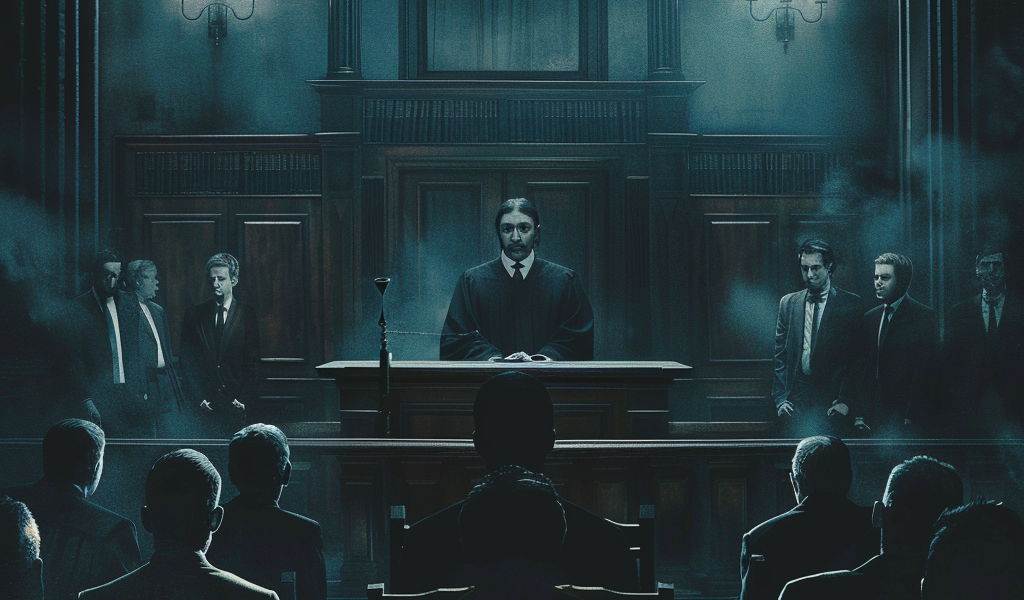Andrew Jarecki’s HBO series, The Jinx, was a groundbreaking show that captivated audiences with its true-crime storytelling. However, the much-anticipated sequel, The Jinx Part Two, fell short of expectations and failed to deliver the same level of intrigue and suspense as its predecessor.
The original series, The Jinx, played a significant role in the arrest of real estate heir Robert Durst, who had evaded justice for over three decades. The finale of the first season culminated in Durst’s shocking confession to triple homicide, leading to his arrest. The second season, on the other hand, focused on Durst’s trial and eventual conviction for the murder of Susan Berman.
While the second season of The Jinx highlighted the accomplishments of the first season, it lacked a compelling reason for its existence. The show seemed more like an extended epilogue rather than a standalone series. However, the season finale, titled ‘It Takes a Village,’ took a different approach by shifting the spotlight from Durst to his enablers.
The episode explored the individuals who turned a blind eye to Durst’s criminal behavior and allowed him to evade justice. Judge Mark Windham, who presided over Durst’s case, emphasized the importance of holding enablers accountable for their actions. The show raised questions about the limitations of the justice system and the need for societal accountability.
Despite its shortcomings, The Jinx highlighted the flaws in the legal system and the challenges of pursuing justice. The series underscored the role of media and resources in bringing criminals to justice and shedding light on unsolved cases.
In conclusion, while The Jinx Part Two may not have lived up to the expectations set by its predecessor, it still offered valuable insights into the complexities of the justice system and the importance of holding individuals accountable for their actions.





